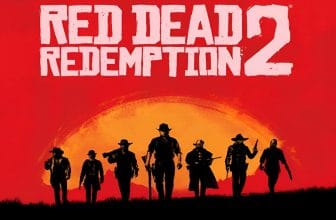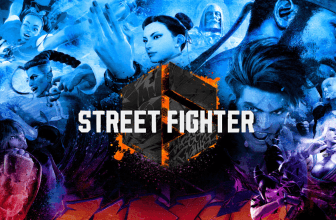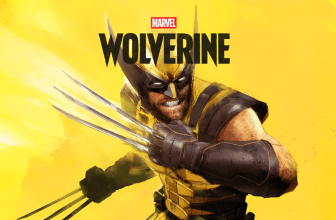Death Stranding 2 Review: 7 Powerful Reasons ‘On the Beach’ Will Blow Your Mind
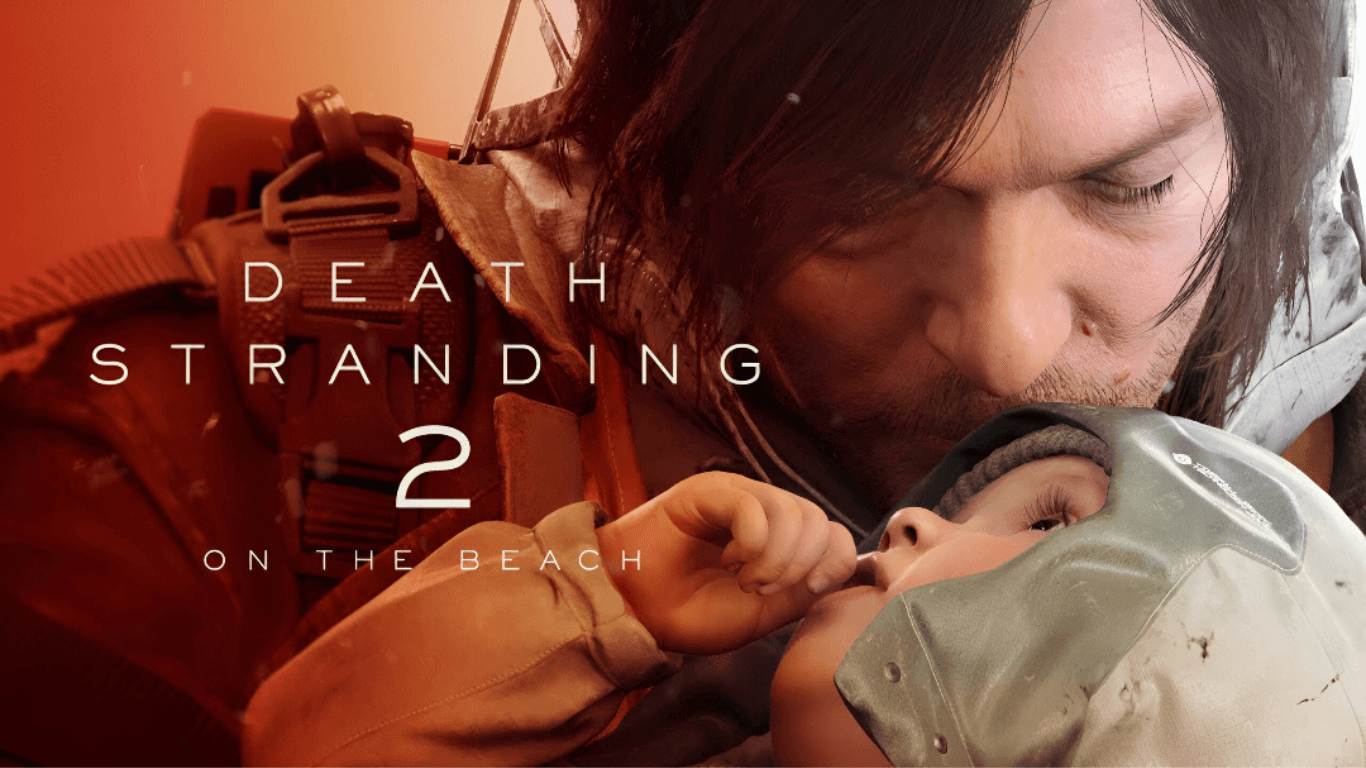
Key Takeaways
- Death Stranding 2: On the Beach pushes emotional storytelling even further than the first game.
- The gameplay feels smoother, more polished, and way more rewarding.
- Kojima’s world-building is still unmatched—strange, beautiful, and sometimes wonderfully confusing.
- New mechanics actually matter instead of feeling like gimmicks.
- It’s a game that makes you feel something, not just play something.
Dath Stranding 2: On the Beach builds on everything the first game did right—and fixes a ton of what it didn’t. With richer storytelling, tighter gameplay, and a world that somehow feels both peaceful and chaotic, it’s the kind of game that stays with you long after the credits roll. This isn’t just a sequel—it’s a deeper, more emotional journey that pulls you in from the first minute.
Death Stranding 2: On the Beach Review — A Journey That Hit Me Right in the Feelings
When I booted up Death Stranding 2: On the Beach, I expected more walking, more weird ghosts, and maybe another overly dramatic Kojima twist that would make me question my life choices. Instead? I got something way more personal.
This sequel isn’t just an upgrade—it’s a full-blown evolution. From character arcs to traversal, the game feels like it grew up with its audience. And honestly, so did I.
Let’s dive into the parts that stuck with me the most.
Storytelling That Feels Like an Emotional Roadtrip
There’s something about the way Kojima blends sci-fi nonsense and raw human emotion that just works. One moment you’re delivering packages in silence, and the next you’re staring at the screen like, “Did a video game just psychoanalyze me?”
A Deeper, More Connected Narrative
The story leans heavily into themes of:
- Isolation
- Hope
- Human connection
- And yep… the fallout of past trauma
Characters feel more grounded this time. Their motivations make sense, and their emotional beats actually land. You’re not just watching their journey—you’re living it with them.
The Return of That Kojima Weirdness
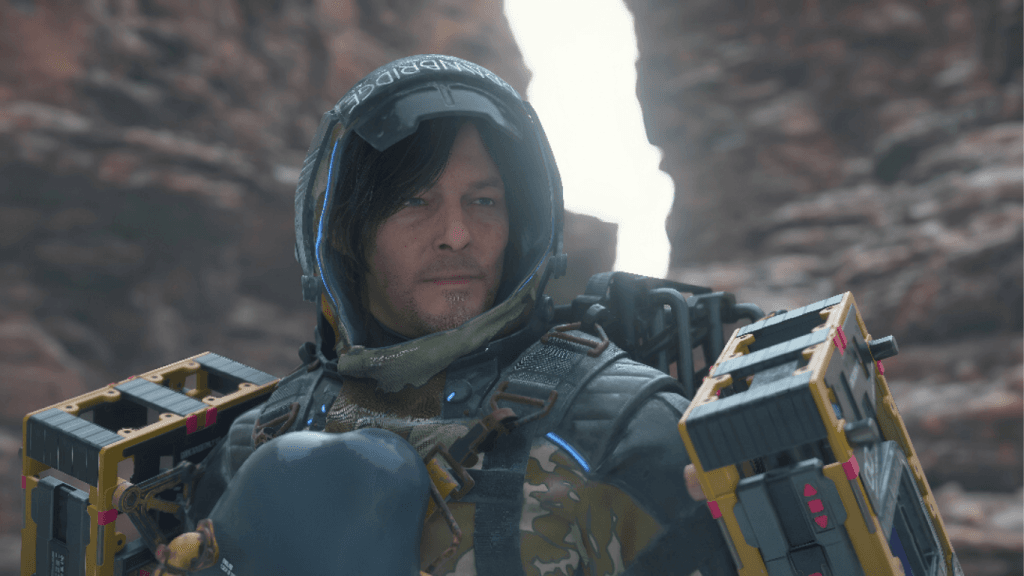
Don’t worry. The trademark “What even is happening?” moments are still here.
And honestly? That’s part of the charm.
You’ll question things, overthink things, and then laugh because even the cutscenes feel self-aware sometimes.
Gameplay That Finally Feels Smooth and Rewarding
I’ll be honest: in the first game, I spent half my time tumbling down cliffs like a regret-filled bowling ball. In DS2? The movement feels cleaner. More natural. Less “Oh no, I’m about to break every bone in my body.”
Traversal That Doesn’t Fight You
Here are the biggest improvements I noticed:
- Better balance systems
- Smarter terrain reading
- Tools that actually help instead of confusing you
- Movement that feels more responsive
I didn’t expect a walking mechanic to be this satisfying… but here we are.
Combat That Feels Purposeful
Combat isn’t just “shoot this, hide here, repeat.”
It’s:
- More tactical
- More reactive
- Less clunky
- And tied directly into the story’s emotional stakes
You fight because you need to, not because the game wants to pad runtime.
A World That Feels Hauntingly Beautiful
Also Read This Article On Death Stranding Gameplay: 7 Powerful Features That Make It Unforgettable
One of my favorite things about Death Stranding has always been the world. Empty, lonely, and somehow comforting at the same time.
Visuals That Hit Different
The landscapes in DS2 give you that “I want to screenshot literally everything” feeling.
Expect:
- Foggy mountains
- Moody beaches
- Abandoned ruins
- Skies that look painted with sadness and hope
Yeah… it’s Kojima, alright.
Sound Design That Makes You Feel Wrapped in the World
The soundtrack knows exactly when to step in and when to let silence speak for itself.
It’s honestly one of the game’s biggest strengths.
New Mechanics That Actually Matter
Death Stranding 2 brings fresh tools and systems, but here’s the best part—they’re not just thrown in because “sequel”.
Meaningful Additions
A few standouts:
| Feature | Why It Matters |
|---|---|
| New delivery tools | Makes traversal smoother and less stressful |
| Expanded bridge-building | Encourages more player collaboration |
| Enhanced companion interactions | Makes the world feel more alive |
| Smarter AI | Enemies react in more realistic, interesting ways |
Nothing feels forced. Everything feels designed with intention. And as someone who hates pointless game mechanics—this was refreshing.
What I Loved Most (And a Few Things I Didn’t)
Let’s keep it real for a moment.
The Good
- Emotional storytelling that hits deep
- Smoother gameplay that doesn’t punish you
- A soundtrack that sets the perfect mood
- A world that feels alive despite being empty
- Strong character development
The Not-So-Good
- Some cutscenes are… long.
- A few pacing dips here and there
- Still a niche game—not everyone will vibe with the slow, thoughtful style
Final Verdict — A Sequel Worth the Journey
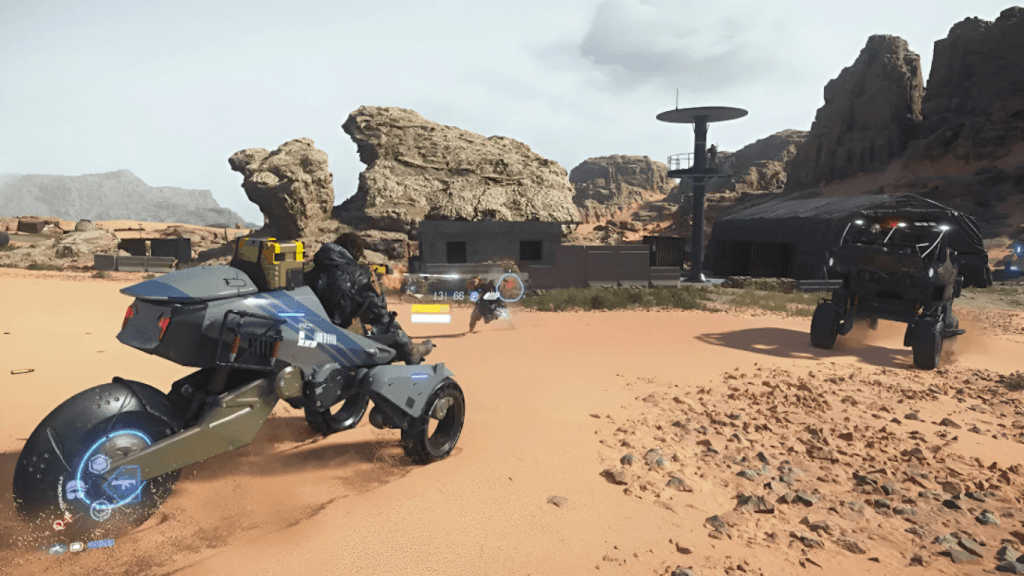
Also Read This Article On Metro Exodus Walkthrough: 10 Expert Tips to Survive the Wasteland Like a Pro
Death Stranding 2: On the Beach isn’t just a better version of the first game.
It’s a more mature, more emotional, and more polished experience that knows exactly what it wants to say.
If you loved the first game, this will feel like a spiritual upgrade.
If you didn’t? This might be the one that finally clicks.
Either way, it’s a game that stays with you—and honestly, that’s rare these days.
Summary
Death Stranding 2: On the Beach delivers a deeper story, better gameplay, and a world that feels both haunting and hopeful. It’s a sequel that respects the original while carving its own emotional identity. Whether you’re here for the weirdness, the vibes, or the big emotional punches—this journey is absolutely worth taking.
FAQs
Yes. It improves nearly everything and makes the story more emotionally grounded.
Not required, but it definitely helps you appreciate the characters more.
Yep—but in a good way. It’s part of the charm.
Much smoother and more tactical. It finally feels purposeful.
It’s Kojima. So yes—but in an entertaining way.

